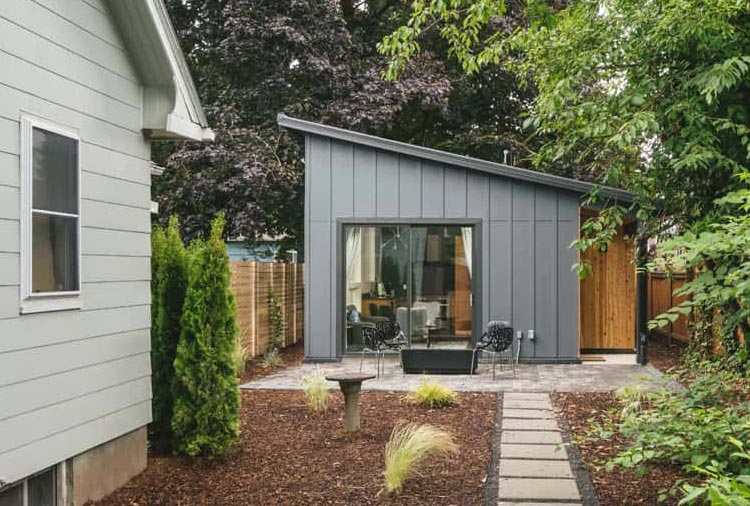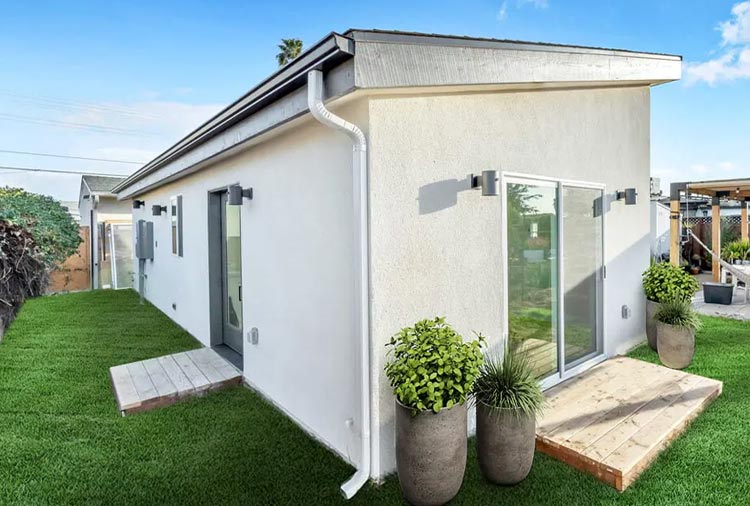There are many different types of ADUs. Types of their roofs also vary. One of the most widespread ones is a shed roof. In our article, we’ll talk about the main characteristics, advantages, and disadvantages of an accessory dwelling unit project with this roof type.
What is an ADU
An accessory dwelling unit, or ADU, is a secondary smaller building situated on the same property as the primary house — usually in its backyard. Its size limits in California range from 800 sq. ft. to 1200 sq. ft.(a junior ADU can be 500 sq. ft.). Accessory dwelling units have all the necessary amenities, a bedroom, a bathroom, a living room, a kitchen, warm floors, doors, windows, interior and exterior finishes.
There are several types of ADU project types: attached, detached, converted, junior, and so on. A detached accessory dwelling unit is completely separate from the main home. Meanwhile, an attached one has a common wall with it — often with a door. Also, accessory dwelling units can be prefab (workers assemble them from ready-made parts or deliver the whole to your backyard) or stick-built (constructed traditionally, with all the necessary site work).
What is a Shed Roof
Shed roofs (also known as lean-to roofs, slides, skillion roofs, outshoots, or mono-pitched roofs) are roofs with one slope. This form of roof is one of the cheapest and simplest to construct. Contrary to what their name implies, such roofs are suitable not only for sheds but also for other buildings, including accessory dwelling units. Thanks to their shape, shed roofs provide excellent water drainage and plenty of interior space in the attic. They’re very common in little garages and outbuildings, but you can also see them in larger houses.
Shed Roofs: Pros and Cons
As with any other roof type, shed roofs have both advantages and disadvantages.
First of all, let’s look at their advantages:
- Affordability. A studio shed roof is a very simple and, therefore, inexpensive construction. It’s quite fast and easy to build, which makes it way cheaper than many other roof types. Because of this, it’s a popular choice for people who prefer practical and money-saving approaches;
- A wide variety of suitable materials. You can construct a shed roof almost from anything — and cover it with anything, too. Possible materials include various shingles, metal, cedar shakes, clay tiles, roll roofing, and so on. However, if you want to increase the value of your property, we don’t recommend you use roll roofing since it doesn’t last very long;
- A shed roof is great for a modern-style tiny home project. If you like modern interiors and exteriors, this roof type is for you since it fits this style perfectly. Also, it’s great for eco-friendly features such as a “living” roof or solar panels, which can also help you save a lot of money on electricity. You’ll clearly notice it in your energy calculations. If your dwelling unit has a rustic style, it can be a fitting variant, too;
- Easy drainage of water. Rain and snow freely go down the slope of shed roofs and don’t pool anywhere — especially if it’s steep. It’s important to notice that the slope angle also depends on its material. So, we recommend you select materials that allow for a steeper slope;
- A studio shed roof allows for installation of skylights. These windows provide natural ventilation, help get rid of stale air in the building, increase the amount of sunlight (and therefore vitamin D, which is very useful for health), and reduce electricity costs of the dwelling unit.
However, shed roofs also have some downsides:
- Shed roofs require boxed gutters. Because of their one-sloped construction, larger amounts of water go into the gutters. In order to avoid overpouring, the installation of boxed gutters is preferable. Why is it a drawback? They’re higher maintenance than regular gutters. You’ll need to clean them frequently; otherwise they may get clogged;
- Shed roofs look quite basic. Unlike gable roofs, they aren’t suitable for any design style;
- Such roofs only fit small, one-story houses with simple construction, such as studios. That’s why people sometimes call them “studio shed roofs.” In case you want to build a larger house with several bathrooms, it’s better to choose another roof type;
- It doesn’t resist strong winds very well, so if you live in a windy area, we also wouldn’t recommend you select it.
Studio Shed Roofs: the Main Elements
If you’re planning to construct a shed roof ADU, you’ll need to consider several important factors.
They are the following:
- Steepness. As we’ve already said, the roof’s pitch angle directly influences its drainage capacity. For sufficient precipitation runoff, it needs to be 25 degrees or more. On the other hand, if the slope is too steep, the interior attic space isn’t usable. The main thing is to find balance;
- Structure. Its primary parts are trusses and rafters. They must have the right size and be strong enough to withstand harsh weather conditions. To construct a high-quality shed roof, you’ll need to hire a team of specialists and select durable materials;
- Materials. They should not only be reliable and long-lasting but also fire-resistant, affordable, lightweight, and aesthetically pleasing. A perfect variant can be composite shingles. Copper and slate are good, too, but they’re more expensive;
- Ventilation. It’s essential for studio shed roofs since it helps to avoid the buildup of heat and moisture underneath them. To increase ventilation, make vents, air gaps, and big overhangs;
- Waterproofing. Install a durable, high-quality underlayment (for example, torch-on felt) under the outer roofing material. It will help you avoid ingress of water;
- Drainage. Add boxed gutters of a suitable size — and also install downspouts.
If you get all the aforementioned things right, your roof will be super reliable and last for many years.
Shed Roof: the Construction Process
The building process of studio shed roofs is rather simple.
It consists of the following steps:
- Make a frame with rafters of the right size, attached to the house’s walls with joist hangers made of metal;
- Reinforce the structure with collar ties, lateral bracing straps, or other things;
- Install decking material across the rafters. It can be OSB boards, moisture-proof plywood, or something else;
- Cover it with underlayment, such as roofing felt. An even better variant is a special shield membrane that will waterproof the surface;
- Protect side abutments, skylight windows, chimneys, and other such elements from water by installing metal flashings around them;
- Install the covering, such as metal panels or shingles. Go from the lower edge upwards, one row after another;
- The final step is to install a drainage system — downspouts, fascias, outer trims, and boxed gutters.
All of this may seem rather easy, but it’s still better to hire qualified specialists for it. Even if you decide to get a DIY studio shed purchase and build it on your own, we strongly recommend you to seek at least some guidance from a professional — especially if you’ve never installed roofs before.
Shed Roofs: Maintenance Tips
As with any other type of house roof, a shed one requires regular checkups and maintenance.
It consists of the following procedures:
- Inspecting after harsh weather — for example, heavy rainfalls, snowfalls, and thunderstorms. Search for any signs of damage, paying special attention to the gutters, flashings, and shingles;
- Removing debris. Regularly clear out branches and leaves from the roof and especially the gutters, since they block drainage;
- Resealing joints and flashings. Check whether the sealants have cracked and renew them if they have. It will help you prevent leakages;
- Trimming overhanging branches. Prune any vegetation that reaches the gutters or the roof’s surface;
- Inspecting the flat space. Even small indentations can lead to pooling of water, so you’ll need to get rid of every one of them;
- Removing ice build-ups. They can cause water to go inside the roof, so you’ll need to search for any ice dams and carefully remove them;
- Checking the roof’s interior space. Look for wet spots, paint cracks, and other signs of leakage in the attic and every room of your accessory dwelling unit — the bedroom, the bathroom, the living room, and others.
If you follow all of these simple rules, you’ll be able to significantly prolong your studio shed roof’s lifespan.
What is a shed roof?
Shed roofs are roofs that have only one slope, without any intersecting planes. It's one of the cheapest and quickest-to-build roofing types. Also, it provides good water drainage and is great for installing solar batteries, which can significantly decrease your energy calculations. However, it's suitable only for small houses — for example, a one-story building with a single bedroom and a half-bathroom.
What are the disadvantages of shed roofs?
Despite their numerous advantages, studio shed roofs also have some drawbacks. First of all, they require high-maintenance boxed gutters. Secondly, they don't fit big houses. And thirdly, they have a simple look that suits mainly modern and rustic design styles.
What is the difference between gable and studio shed roofs?
Gable roofs have a triangular shape with one center line and two slopes going down from it. Shed roofs, on the other hand, are flat with a single slope. Both types of roofs are very widespread. However, gable roofs' popularity is higher.
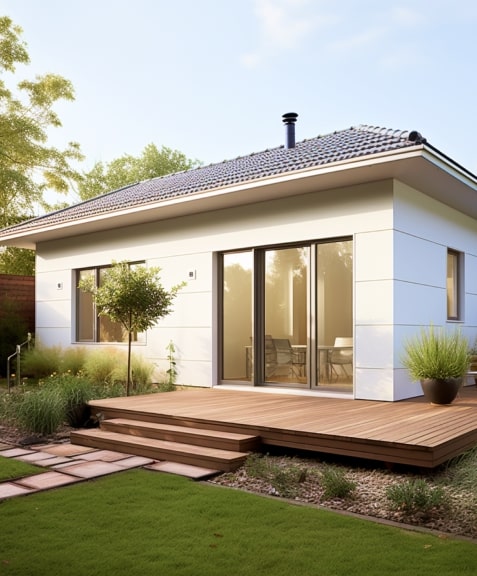
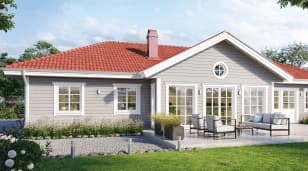
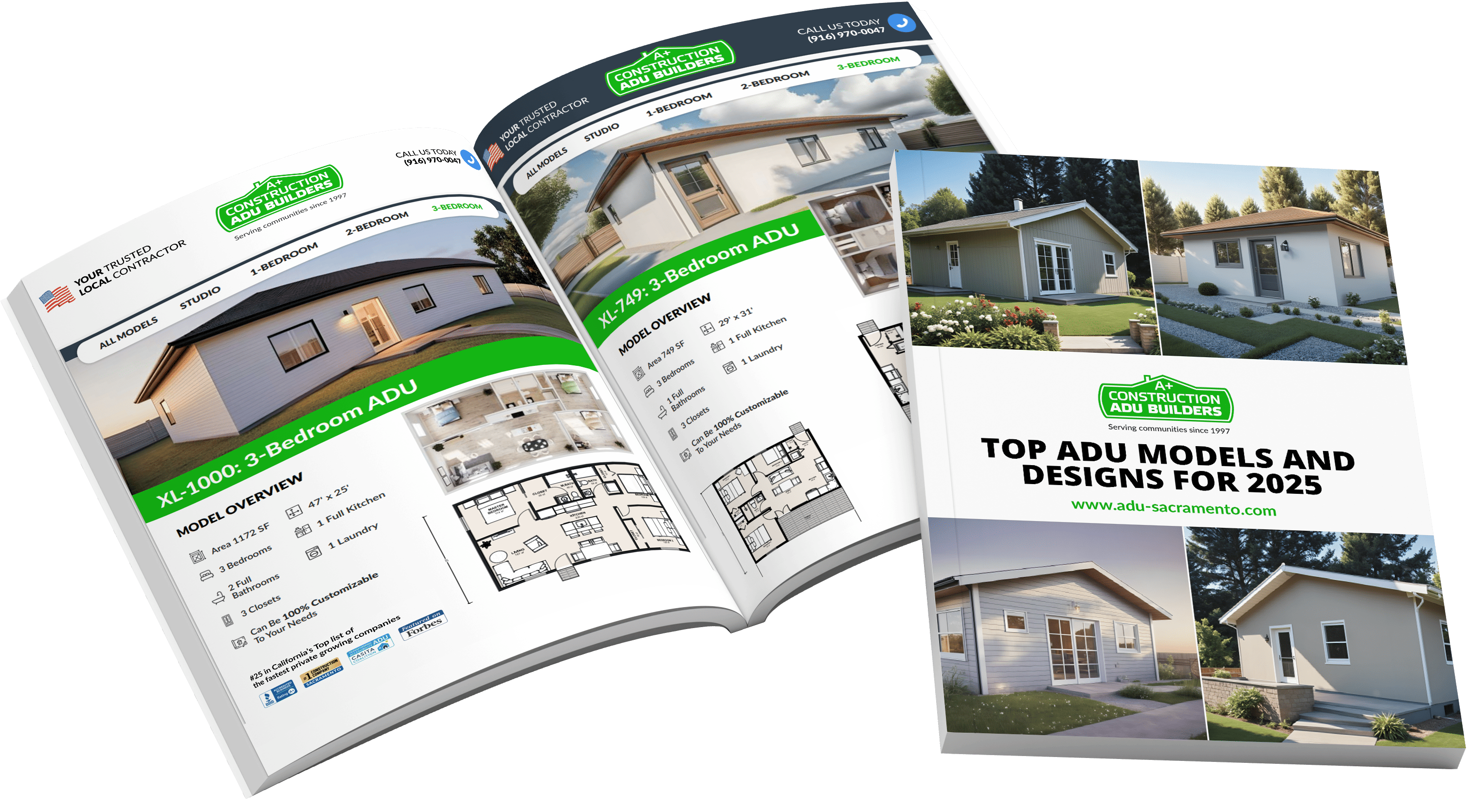

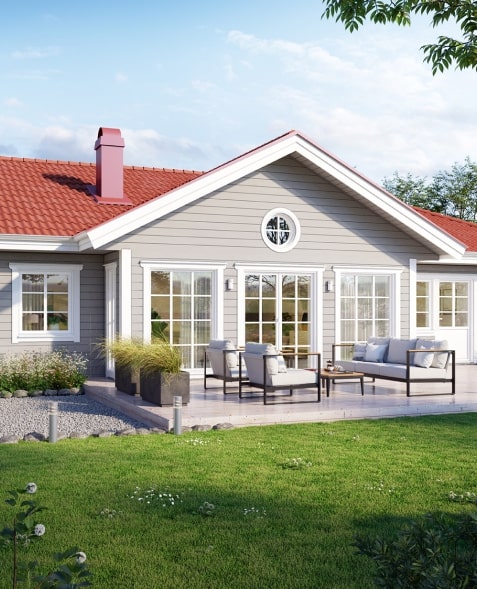
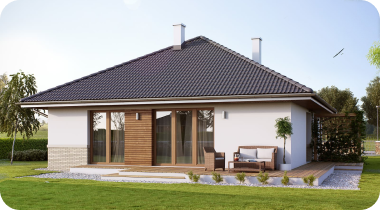
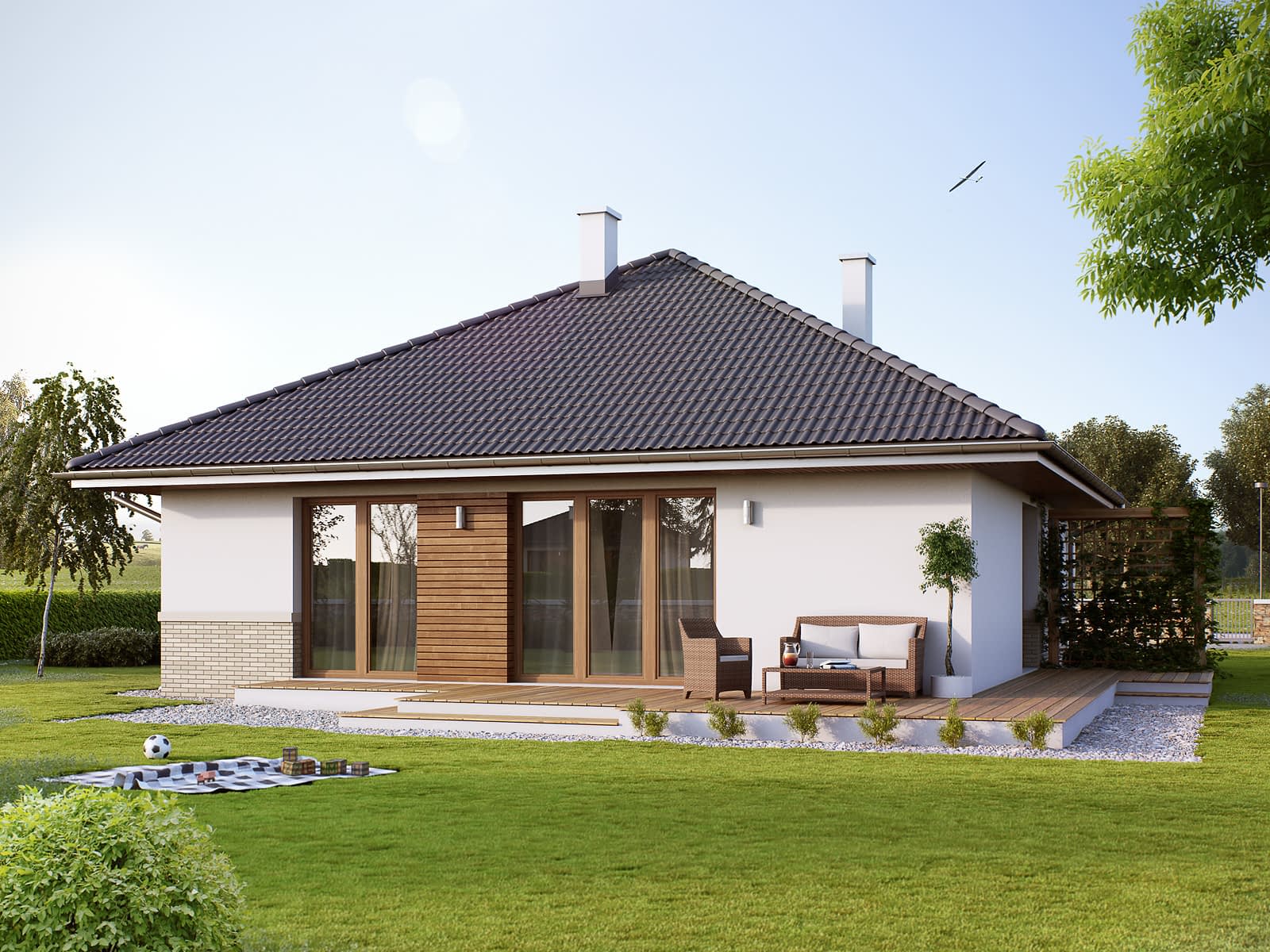





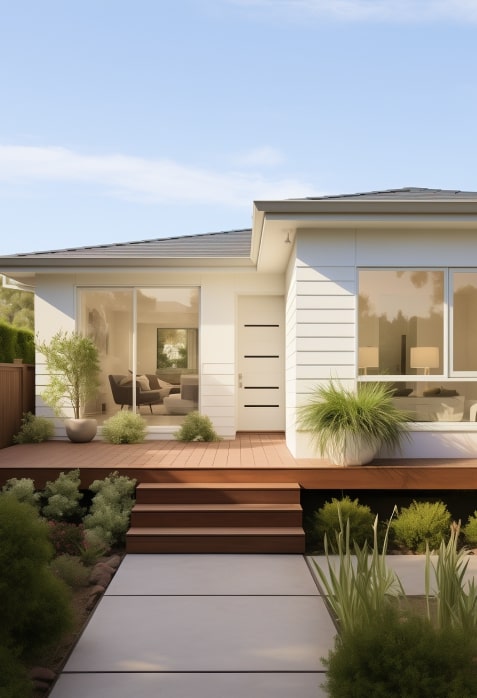
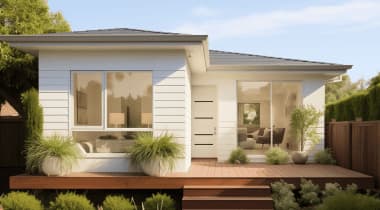













 Your Trusted
Local Contractor
Your Trusted
Local Contractor
